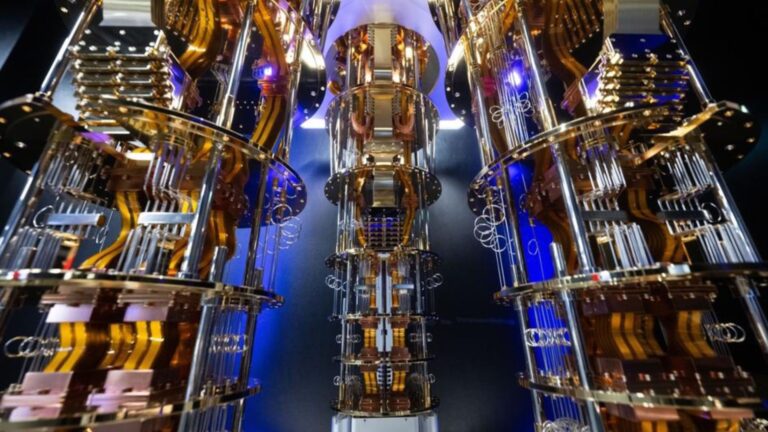
Researchers have achieved a groundbreaking milestone in nanomaterial design by creating MXenes containing up to nine different metals, according to a study published in the journal Science this week. This research represents the most compositionally complex two-dimensional material ever synthesized and opens pathways for developing custom-made materials for extreme environments.
International Collaboration Pushes Boundaries
The international collaboration, led by Babak Anasori from Purdue University and involving teams from Drexel University, Vanderbilt University, University of Pennsylvania, Argonne National Laboratory, and the Warsaw Institute of Microelectronics and Photonics, synthesized nearly 40 different layered materials with varying metal combinations. The team made significant advances in understanding how to create materials with unprecedented compositional complexity.
Understanding Order and Chaos
MXenes are ultrathin sheets of transition metal carbides and nitrides, first discovered in 2011, measuring approximately one nanometer thick—roughly 100,000 times thinner than a human hair. These materials exhibit unique properties, including high electrical conductivity and the ability to be dispersed in water, making them suitable for applications ranging from next-generation batteries to electromagnetic interference shielding.
According to the Nature report on the study, the team discovered a critical threshold in forming these complex materials. When MXenes contain four to six metals, they maintain ordered atomic arrangements due to enthalpic preferences—the tendency of certain metals to occupy specific layers. However, when seven or more metals are incorporated, entropy begins to dominate and metals distribute randomly throughout the structure.
“There’s always a competition between chaos—or entropy—and enthalpy,” Anasori explained to Nature. This transition allows incorporation of previously challenging elements, such as tungsten, which can act as a catalyst for hydrogen fuel production.
Applications in Extreme Environments
The research has implications beyond fundamental materials science. Brian Wyatt, a postdoctoral researcher in Anasori’s laboratory and first author of the study, noted that “short-range ordering in high-entropy materials determines the impact of entropy versus enthalpy on their structures and properties”.
These high-entropy MXenes could enable new applications in extreme conditions, including ultrahigh temperatures and radiation environments. Potential uses include electromagnetic wave shielding, ultrathin antennas for next-generation communication technologies, and materials for aerospace applications where current materials are insufficient.
According to the researchers, the complexity of these materials makes them impossible to simulate with current computational models, requiring laboratory testing to reveal their properties. Max Hamedi, a physicist at the KTH Royal Institute of Technology in Stockholm, told Nature that “maybe we will get some very surprising properties that we couldn’t predict”.
Revolutionary Manufacturing Process
The study also demonstrated successful transformation of these complex MAX phases—the parent materials from which MXenes are derived—into functional 2D sheets, showing how order versus disorder affects their surface properties and electronic behavior. This fundamental understanding could accelerate the development of AI-driven tools for designing custom nanomaterials with specific properties.
The breakthrough builds upon Anasori’s previous work in 2021, when his team created MXenes containing up to four metals. The new research represents a significant leap forward, doubling the previous record and opening entirely new possibilities for material design.
This advancement in high-entropy MXenes significantly expands the compositional variety of the MXene family to further tune their properties, including electronic, magnetic, electrochemical, catalytic, high-temperature stability, and mechanical behavior. The synthesis of phase-pure high-entropy MXenes is essential for achieving consistent and predictable material properties across applications.













